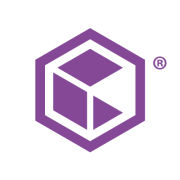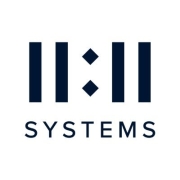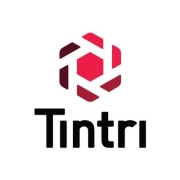Disaster Recovery as a Service offers cloud-based solutions for efficient data recovery in the event of disruptions, ensuring business continuity and minimizing downtime.
This flexible service integrates with existing IT infrastructure, enabling automatic data protection and fast recovery processes. Organizations can scale resources as needed, manage data on demand, and enhance security protocols, making it suitable for businesses of all sizes. Users benefit from cost-efficiency as it typically reduces the need for in-house hardware solutions. The field is constantly evolving, with providers continuously improving their features based on user feedback and innovations.
What features should you consider?Disaster Recovery as a Service finds application across several industries, including finance, healthcare, and retail, where data integrity is crucial. Financial institutions use it to safeguard transactional information, ensuring continuous operations. In healthcare, it protects sensitive patient data, supporting compliance with regulations. Retailers use it to secure customer data and maintain online services during peak shopping periods.
This service is essential for businesses aiming to protect data, reduce recovery time, and ensure operational continuity in an increasingly digital world where data availability and protection are critical for success.
| Product | Market Share (%) |
|---|---|
| Azure Site Recovery | 14.3% |
| VMware Live Recovery | 11.7% |
| Commvault Cloud | 7.8% |
| Other | 66.2% |







































Disaster Recovery as a Service enhances your business continuity plan by providing an on-demand solution that minimizes downtime and data loss after an incident. It automates backup and recovery processes, ensuring you're always prepared for disruptions. With its flexible and scalable nature, it allows you to pay only for the resources you use, making it a cost-effective option that can grow with your business. By leveraging cloud-based infrastructure, you are protected against hardware failures, natural disasters, and cyber threats, increasing your operational resilience.
What factors should you consider when choosing a Disaster Recovery as a Service provider?When selecting a Disaster Recovery as a Service provider, you should consider their performance track record, the range of services offered, and scalability options to match your growth needs. Assess the provider's compliance with industry standards and regulatory requirements pertinent to your sector. Evaluate the provider's data encryption methods both during transit and at rest. Look at their service-level agreements, especially regarding recovery time objectives (RTO) and recovery point objectives (RPO). Finally, check the provider's customer support quality and availability to ensure they can assist whenever needed.
Why is Disaster Recovery as a Service essential for small businesses?Disaster Recovery as a Service is crucial for small businesses because it provides an affordable and manageable way to protect their data and operations from disruptions. Unlike traditional disaster recovery solutions that require significant upfront investments in hardware and expertise, this service offers a pay-as-you-go model that allows small businesses to access sophisticated recovery tools without breaking the bank. It simplifies management through automation, freeing up IT resources for strategic tasks. By securing business-critical data and applications, small businesses can maintain customer trust and avoid financial losses due to downtime.
How does Disaster Recovery as a Service streamline the recovery process?Disaster Recovery as a Service streamlines the recovery process through automation and cloud-based infrastructure, ensuring swift restoration of services and data. With automated backups, your data is continually protected without manual intervention. Cloud-based recovery options allow for quick failover and data retrieval, reducing downtime significantly. The service's continuous monitoring detects issues immediately, triggering pre-set recovery protocols that enable fast action, thereby maintaining business operations with minimal interruption. Its integration capabilities allow you to align with existing IT systems seamlessly.
Can you customize Disaster Recovery as a Service to meet specific business needs?Yes, Disaster Recovery as a Service can be tailored to fit specific business needs. Providers offer varied options for customizing recovery plans, allowing you to set priorities according to your most critical operations and data. You can select the appropriate level of recovery objectives, like RTO and RPO, that align with your business impact analyses. Different applications can have separate recovery strategies, ensuring that the most important services are restored first. By collaborating with your service provider, you can build a flexible solution that matches your operational and growth strategies while staying within budget.